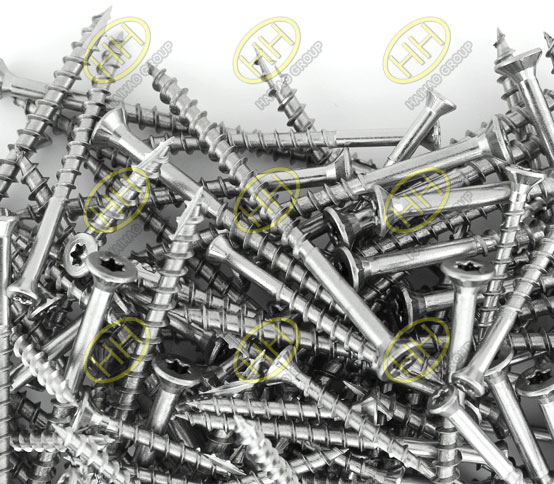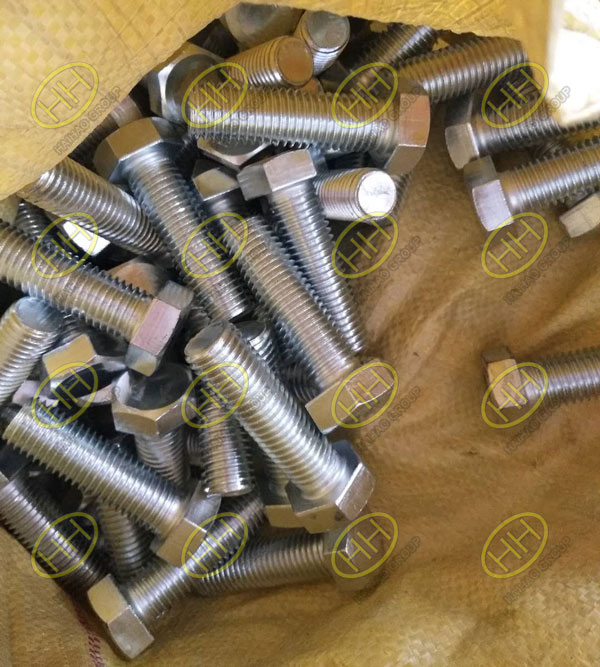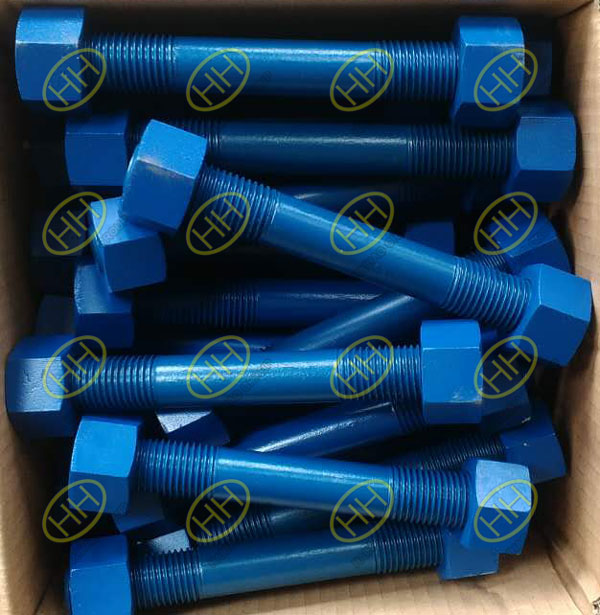The difference between bolts,screws and stud
The main difference between bolts and screws lies in their purpose.Bolts are typically used to assemble two or more unthreaded components. When used in conjunction with a nut,the bolt will remain secure on the unthreaded component.

Stainless steel screws finished in Haihao Group
Screws are used with threaded components.This doesn’t necessarily mean that the component or components used with screws must be threaded,as the installation of the screw may create the threading.

Stainless steel bolts finished in Haihao Group
Bolts are typically used to create bolted joints,which is a combination of the nut applying a clamping force,pinning the joint sideways.Usually bolts have an unthreaded shank-it creates for a stronger and more effective dowel.Therefore,unthreaded shanks have long been a defining characteristic of bolts when comparing them to their screw counterparts.

Carbon Steel stubs with nuts finished in Haihao Group
A stud is a metal rod or shaft featuring threads on both sides.Most studs are long,although sizes can vary depending on its intended purpose and application.Studs do not have a “head” like a screw or bolt that can be turned for tightening.
Whether it’s a screw,bolt or stud,they are typically all made of a few different metals.This includes carbon steel,stainless steel,brass,nickel alloy and aluminum alloy.Manufacturers must use the highly quality metals to reduce the risk of cracking,rusting and other damage,as such damage can prove disastrous for the components in which it is used.

